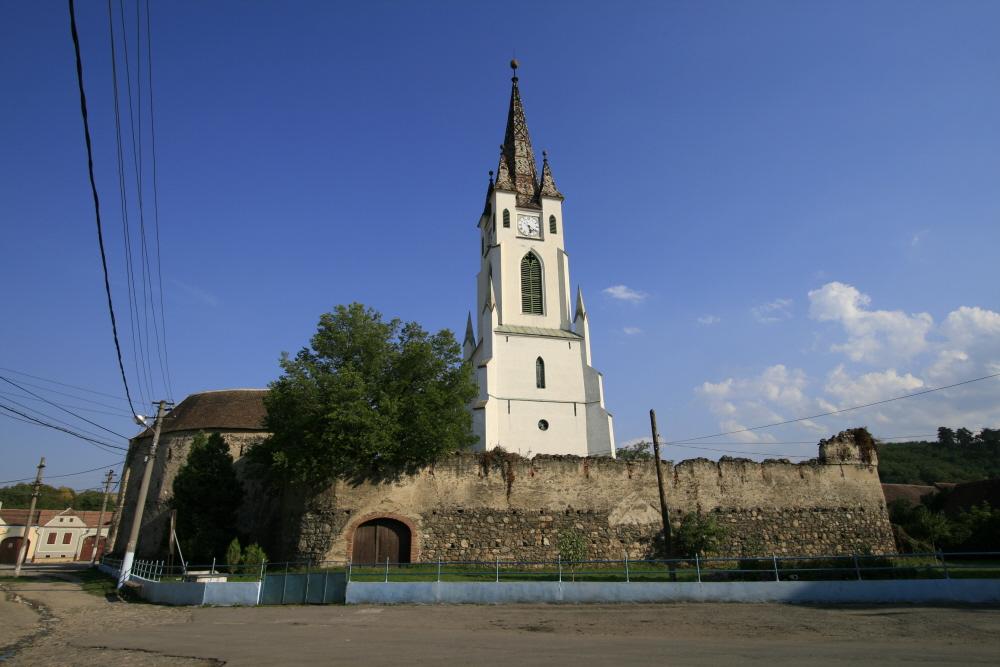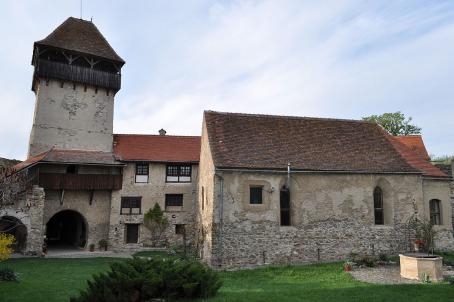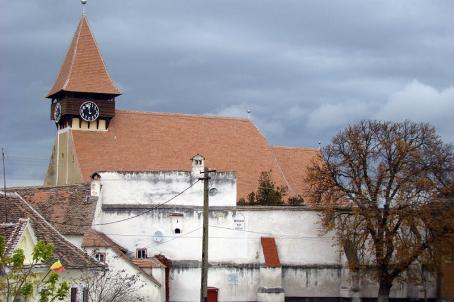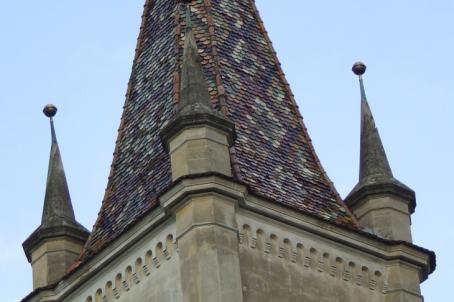Gârbova Fortified Church
The castle was built in the 13th century to serve as refuge fort for the local noble family. The rectangular fortification wall, its entrance tower and the donjon having residential function survived the centuries. Today the bells floor built in 1879 and covered with the distinctive pointed spire, flanked by four corner turrets stands over the vaulted lower floors of the tower. The noble castle was later taken over by the community, which built the old school in the precincts.
Another important building is the Gothic parish church nearby, which was rebuilt in Baroque style after destruction and has a valuable Baroque altar. It is also possible to visit the ruins of the originally fortified Romanesque church on the hill near the Evangelic cemetery.
About this building
For more information visit on this building visit https://kirchenburgen.org/en/location/urwegen-garbova/






